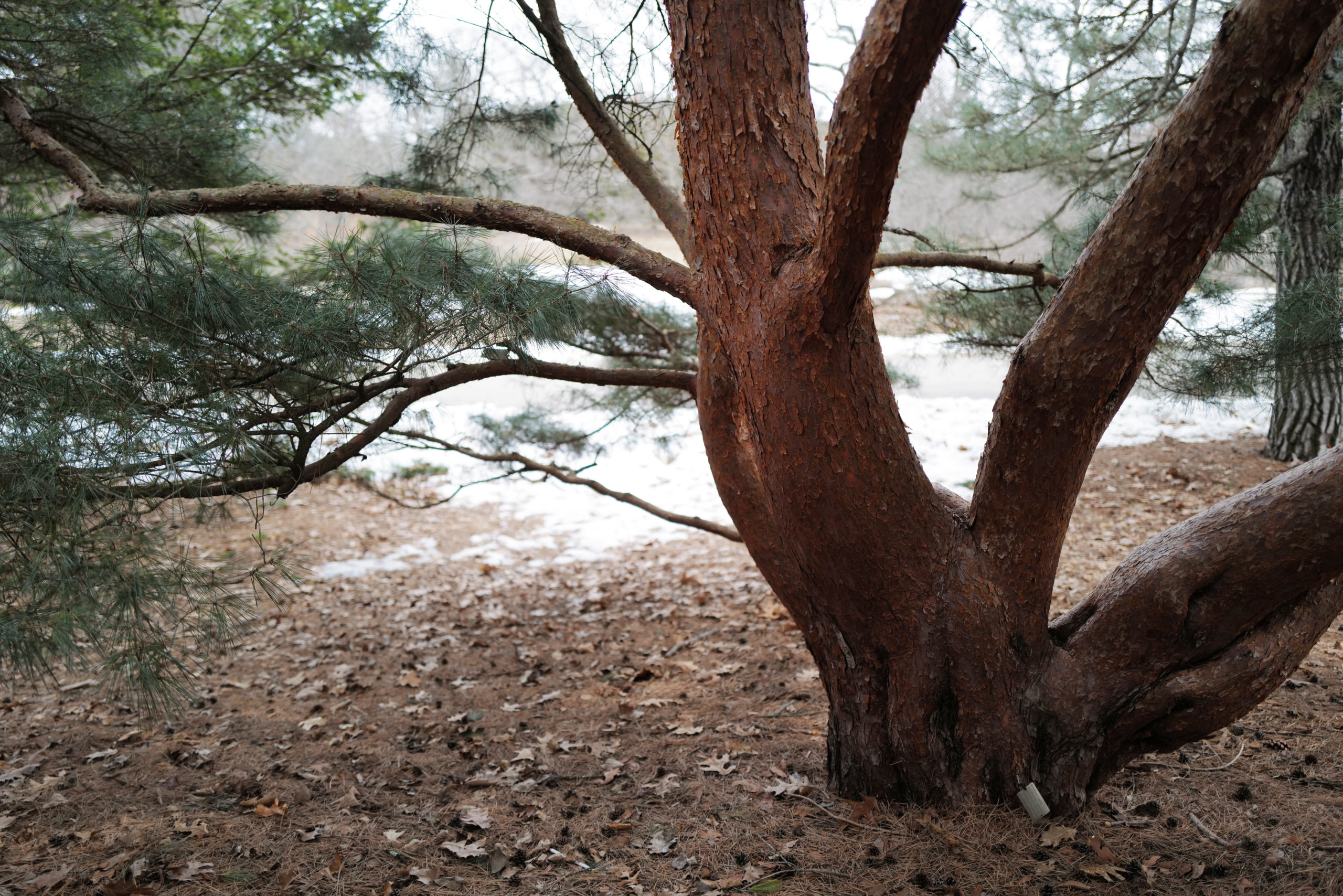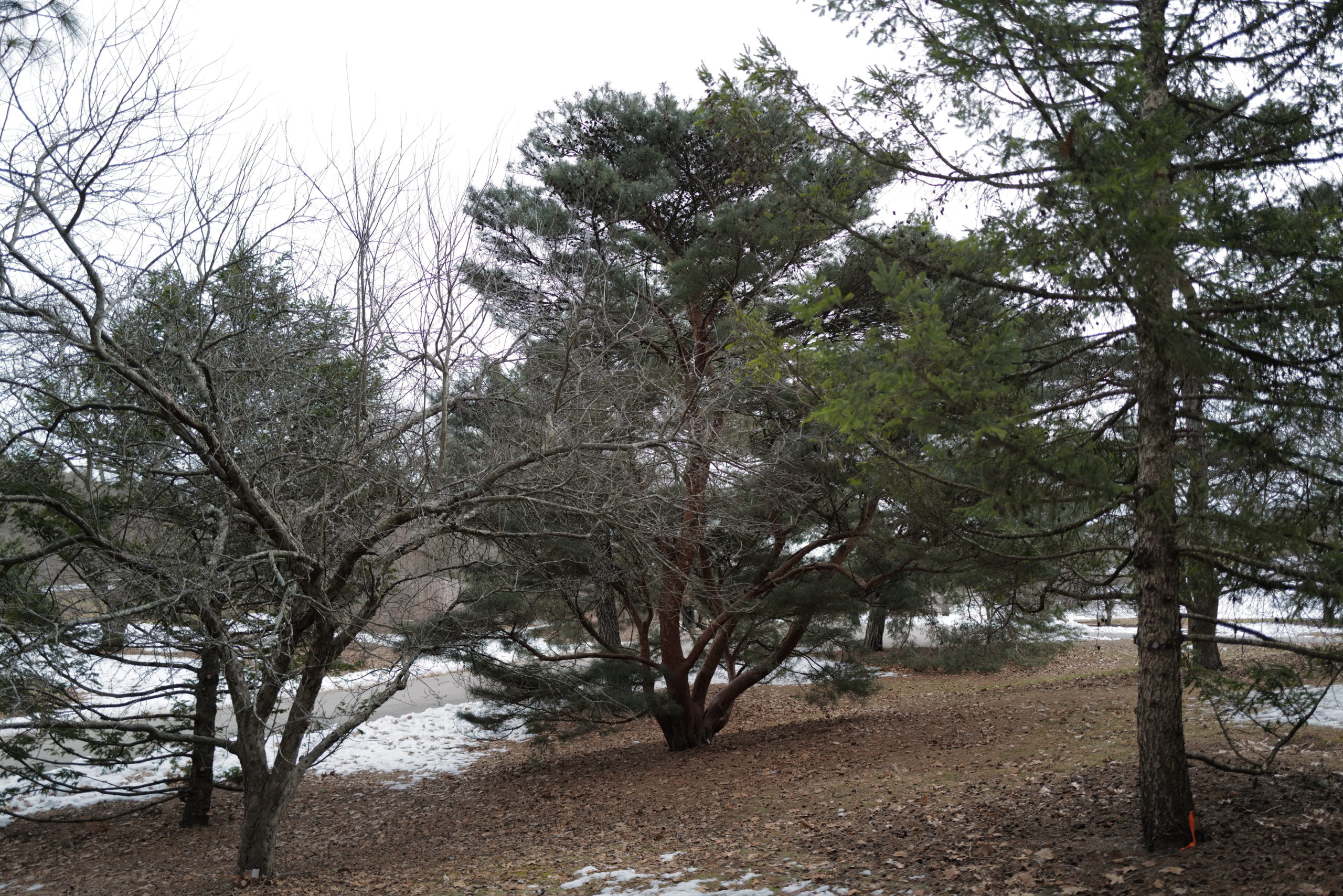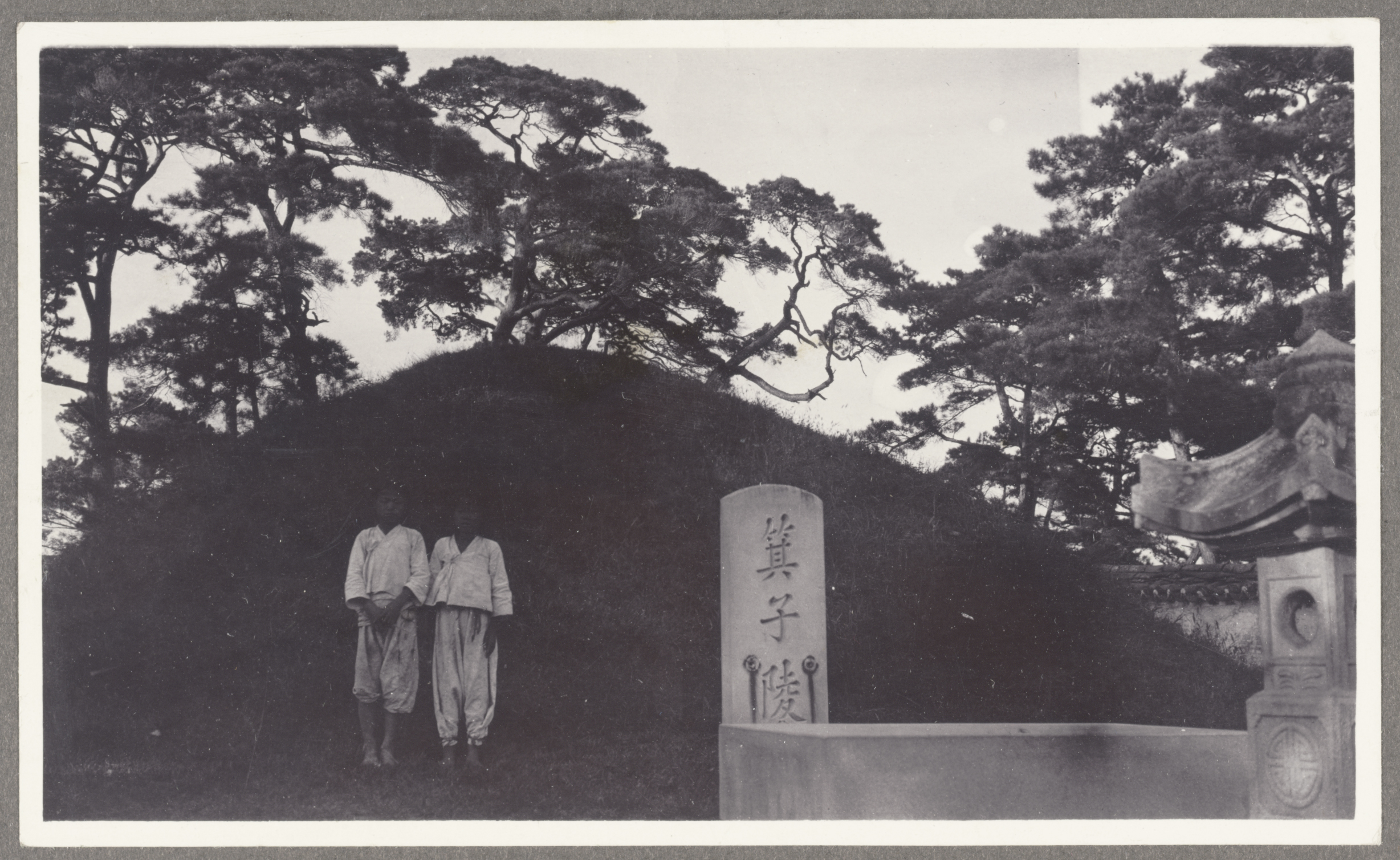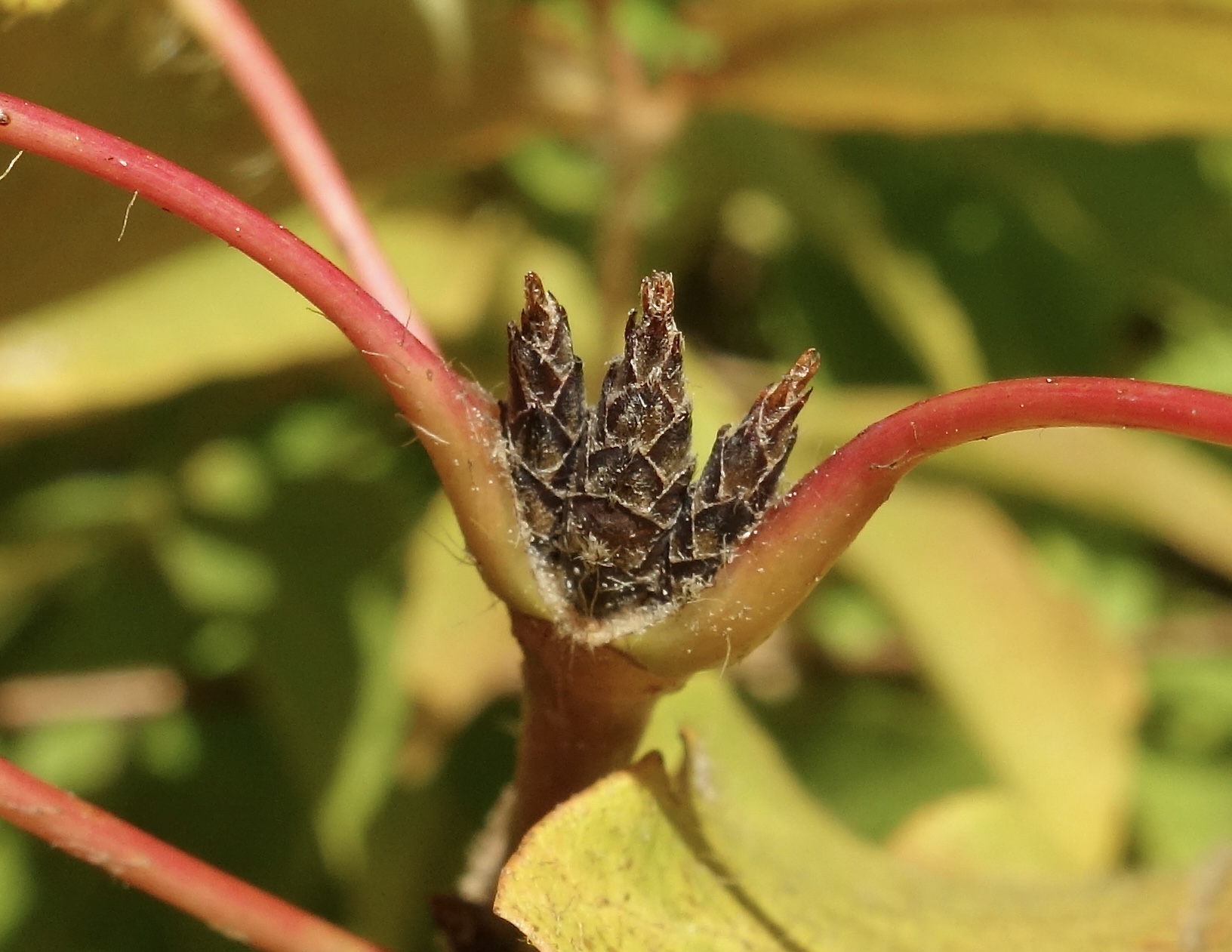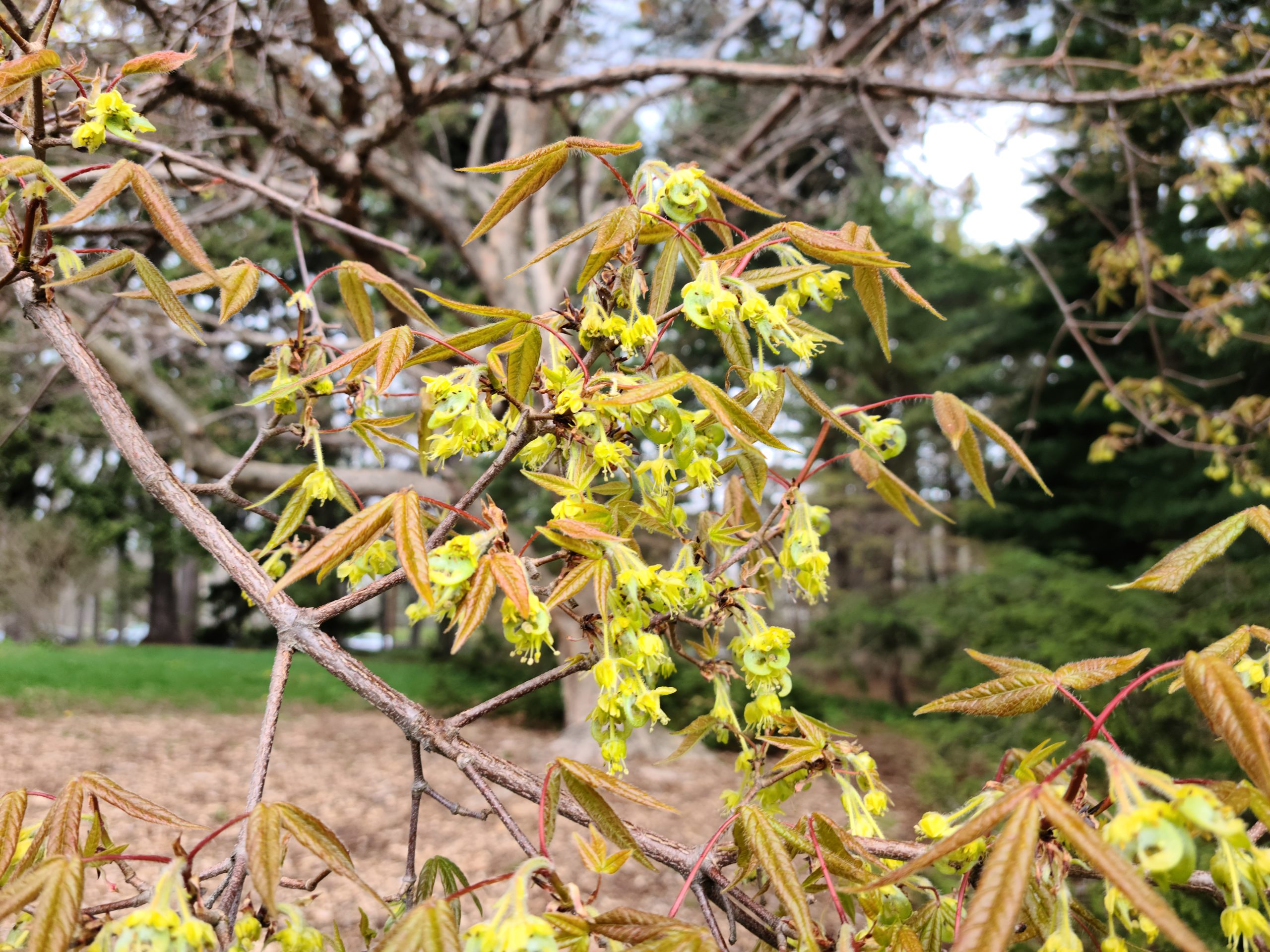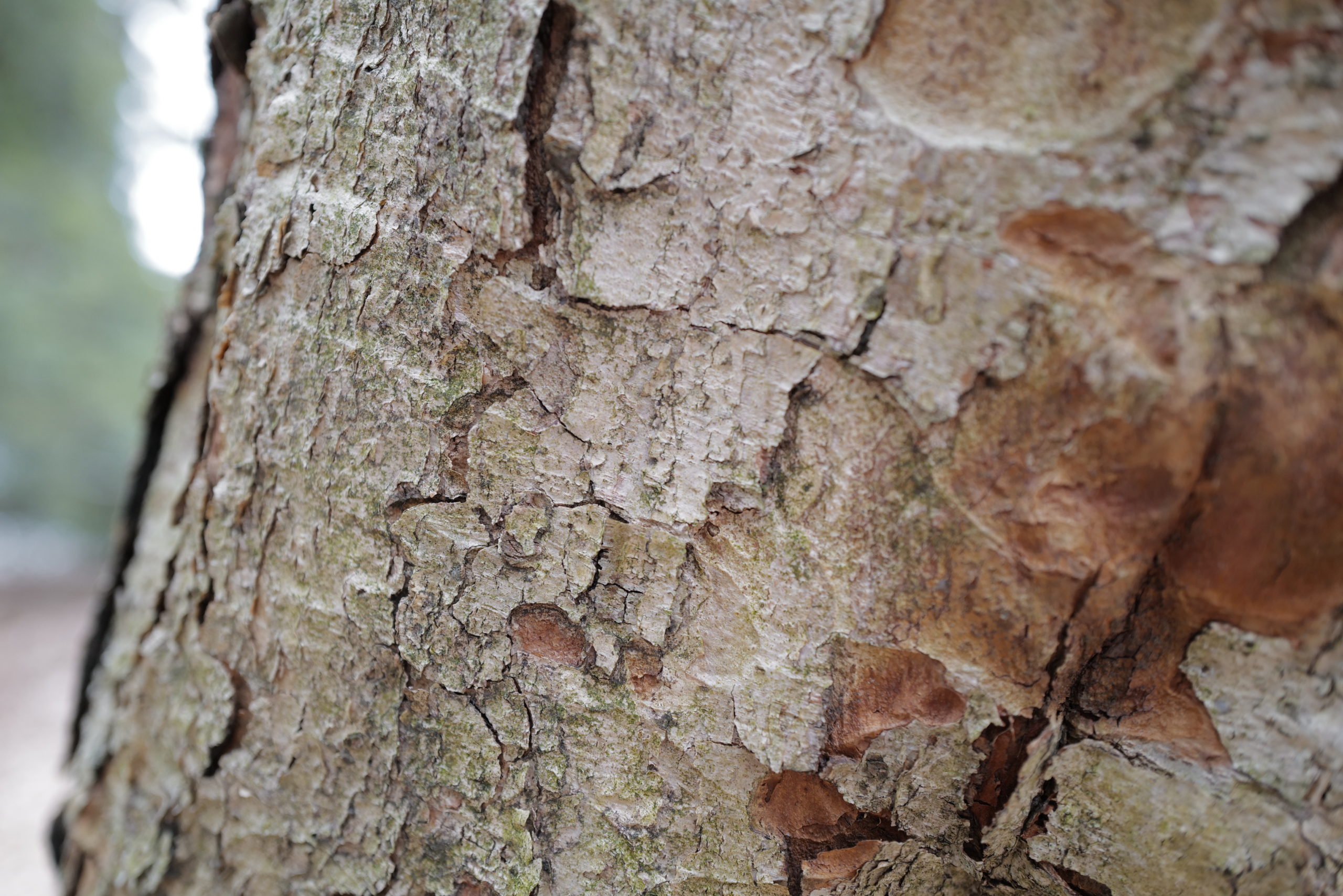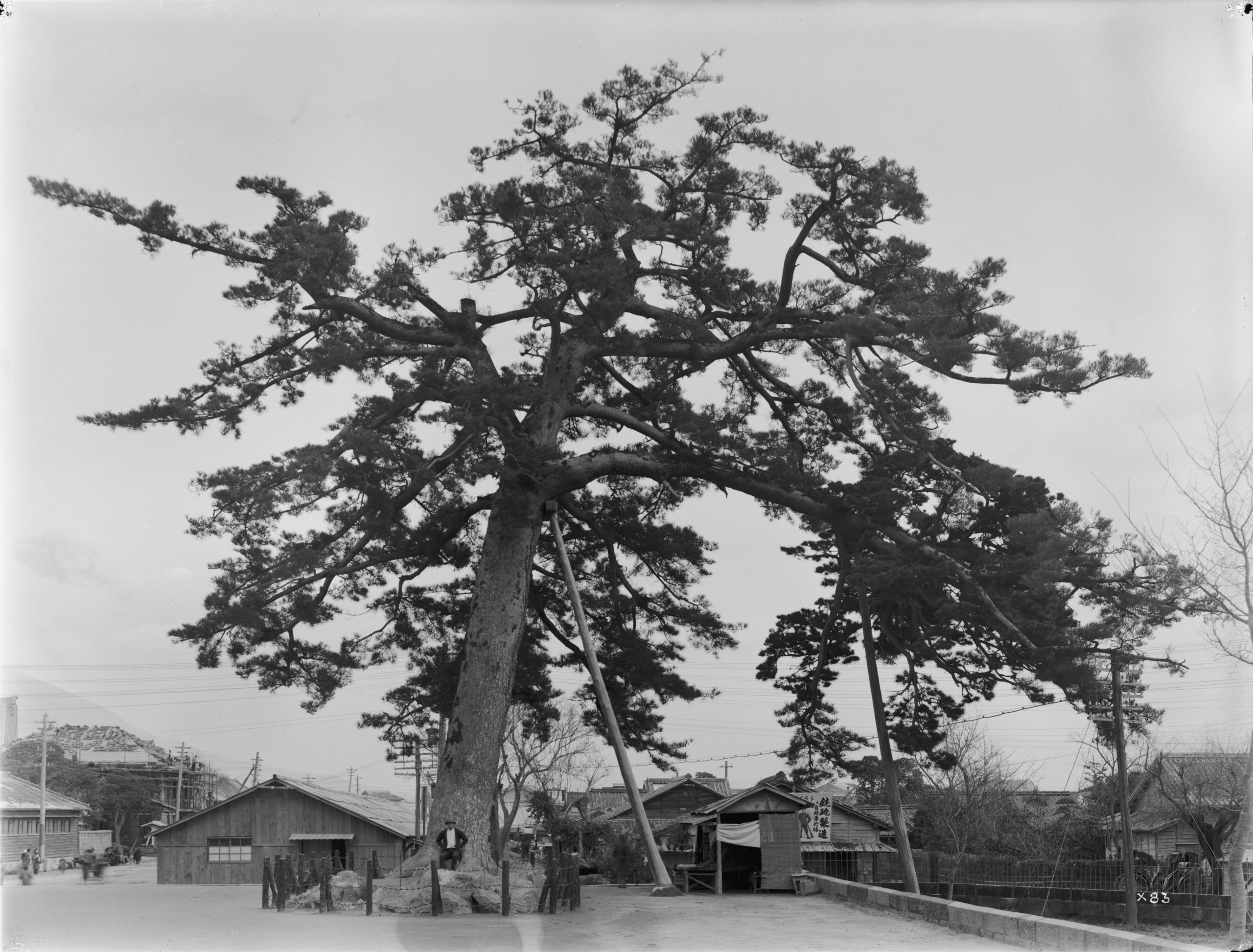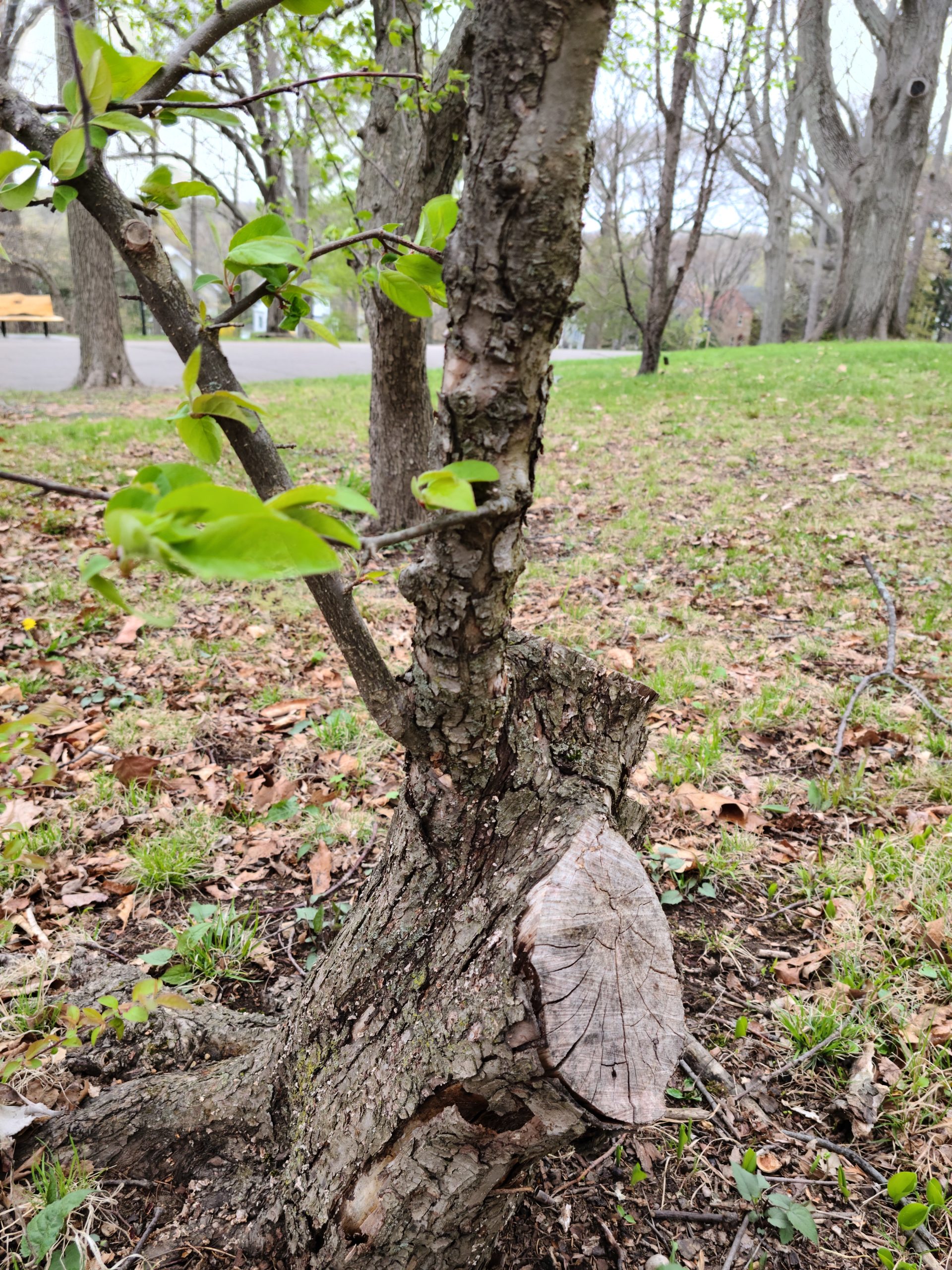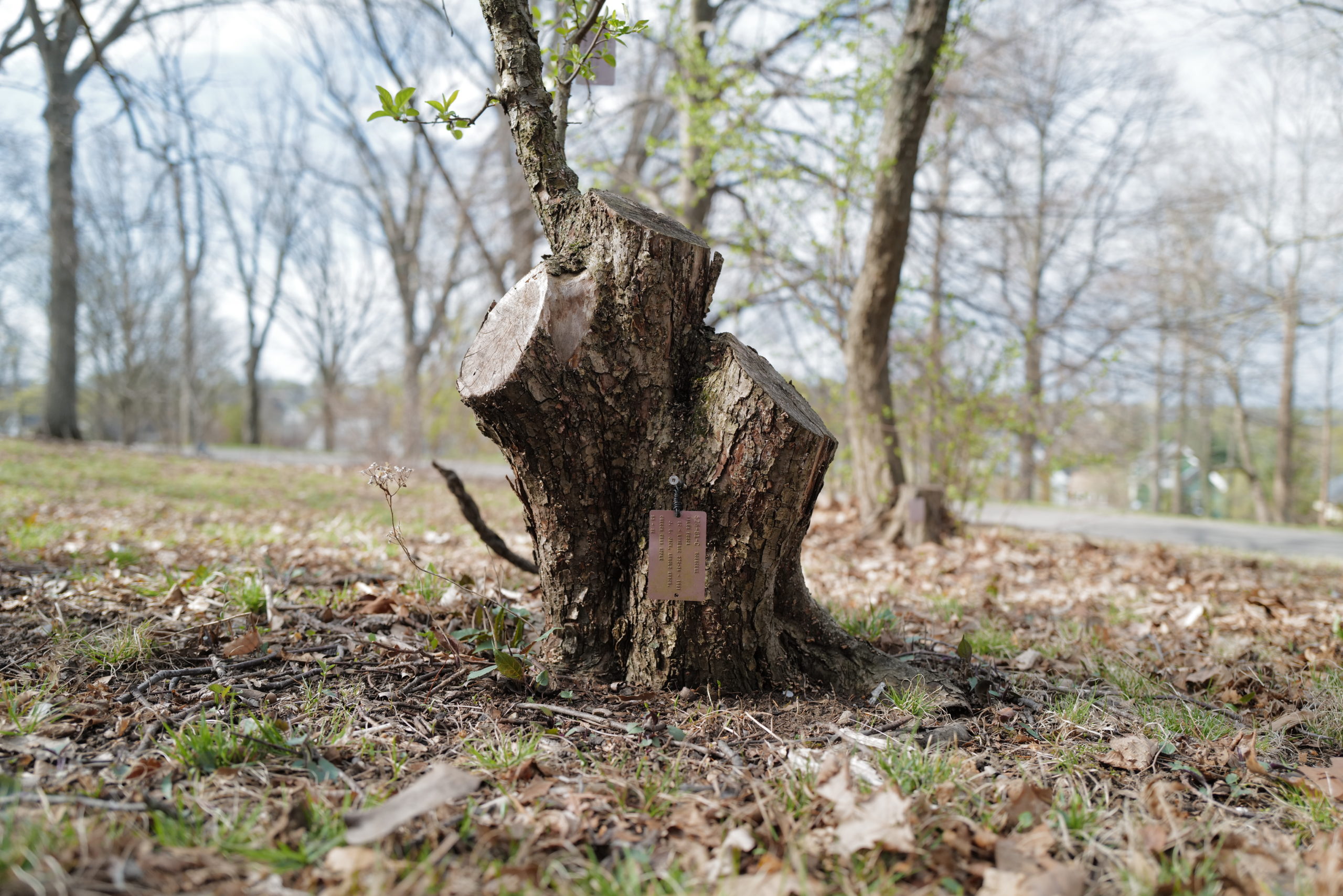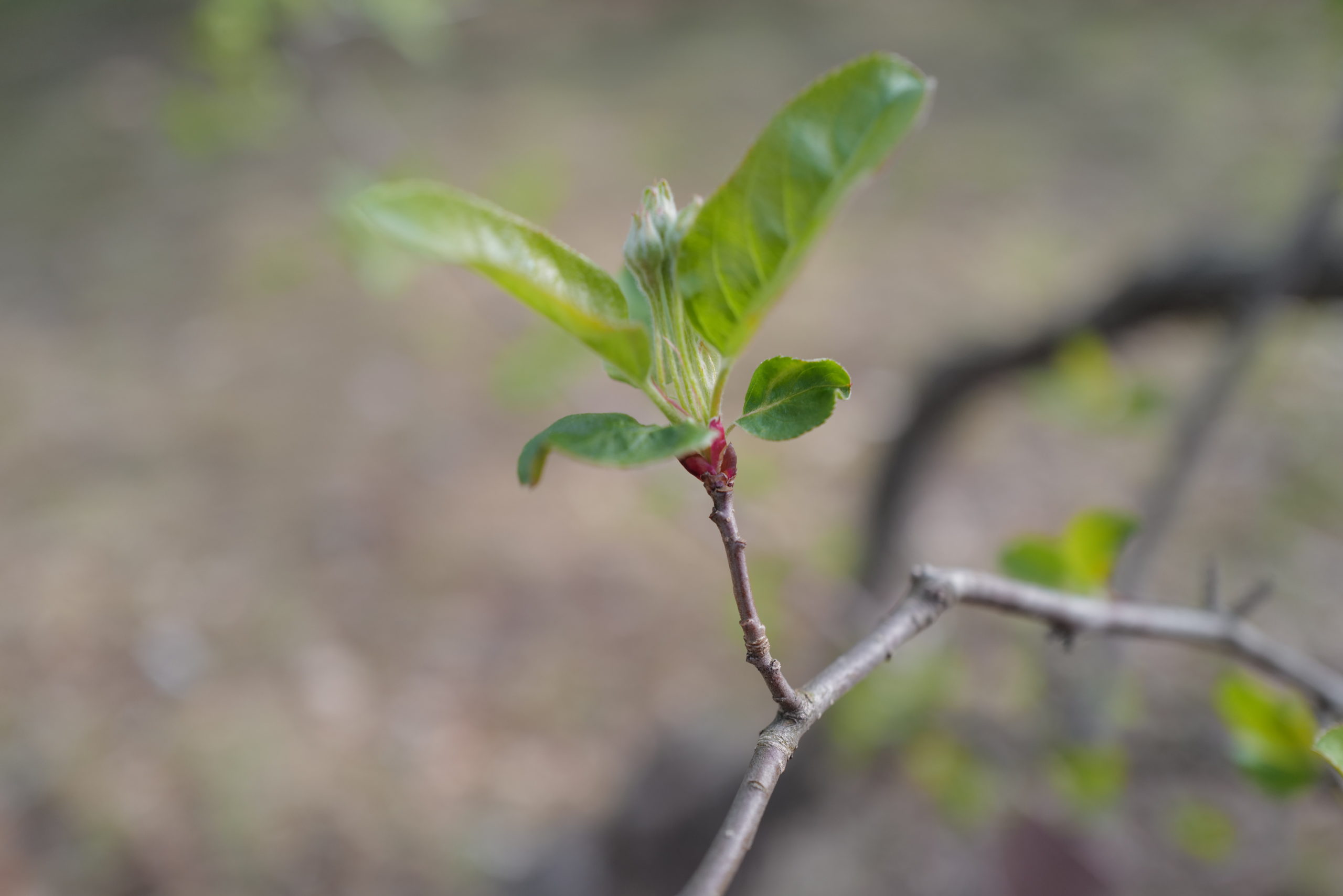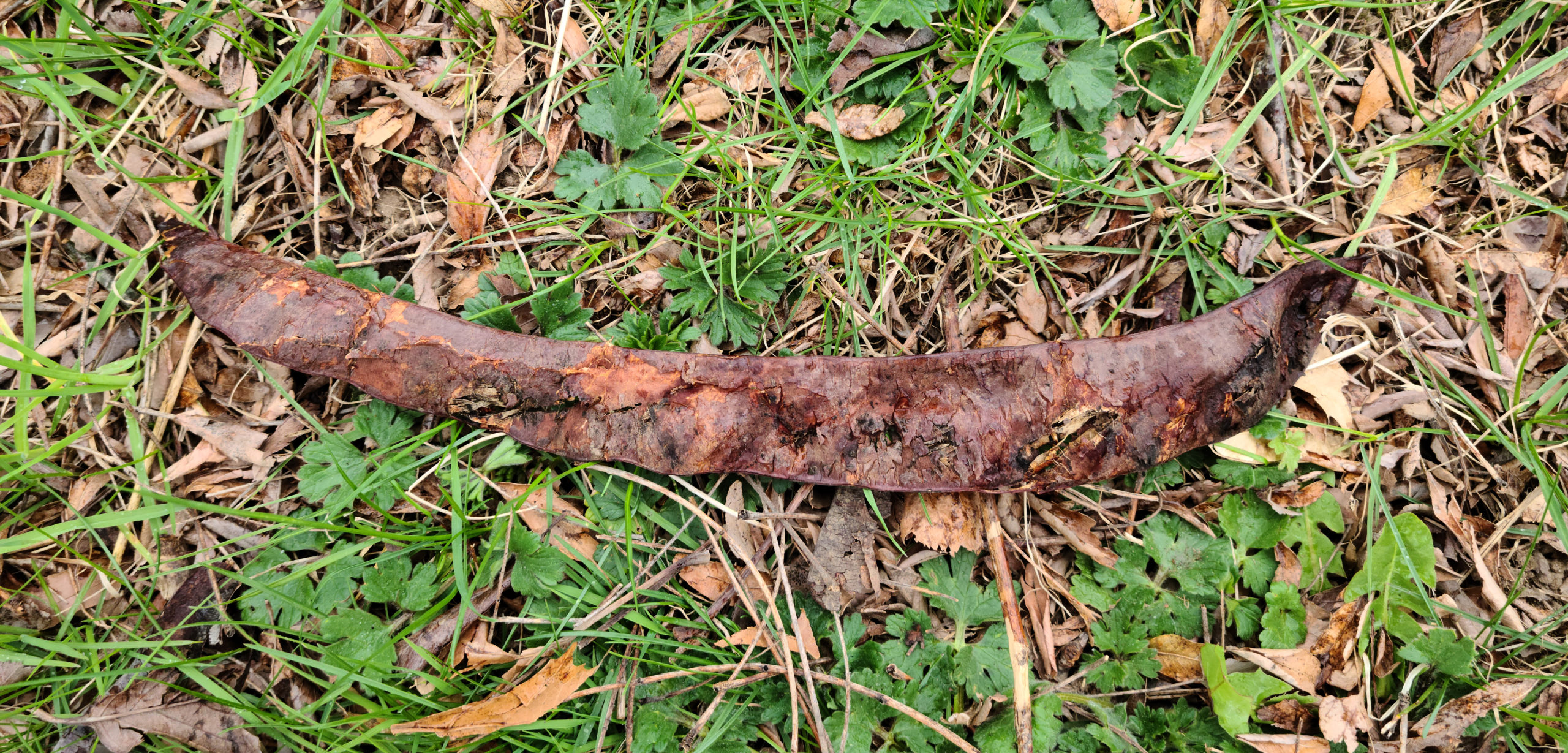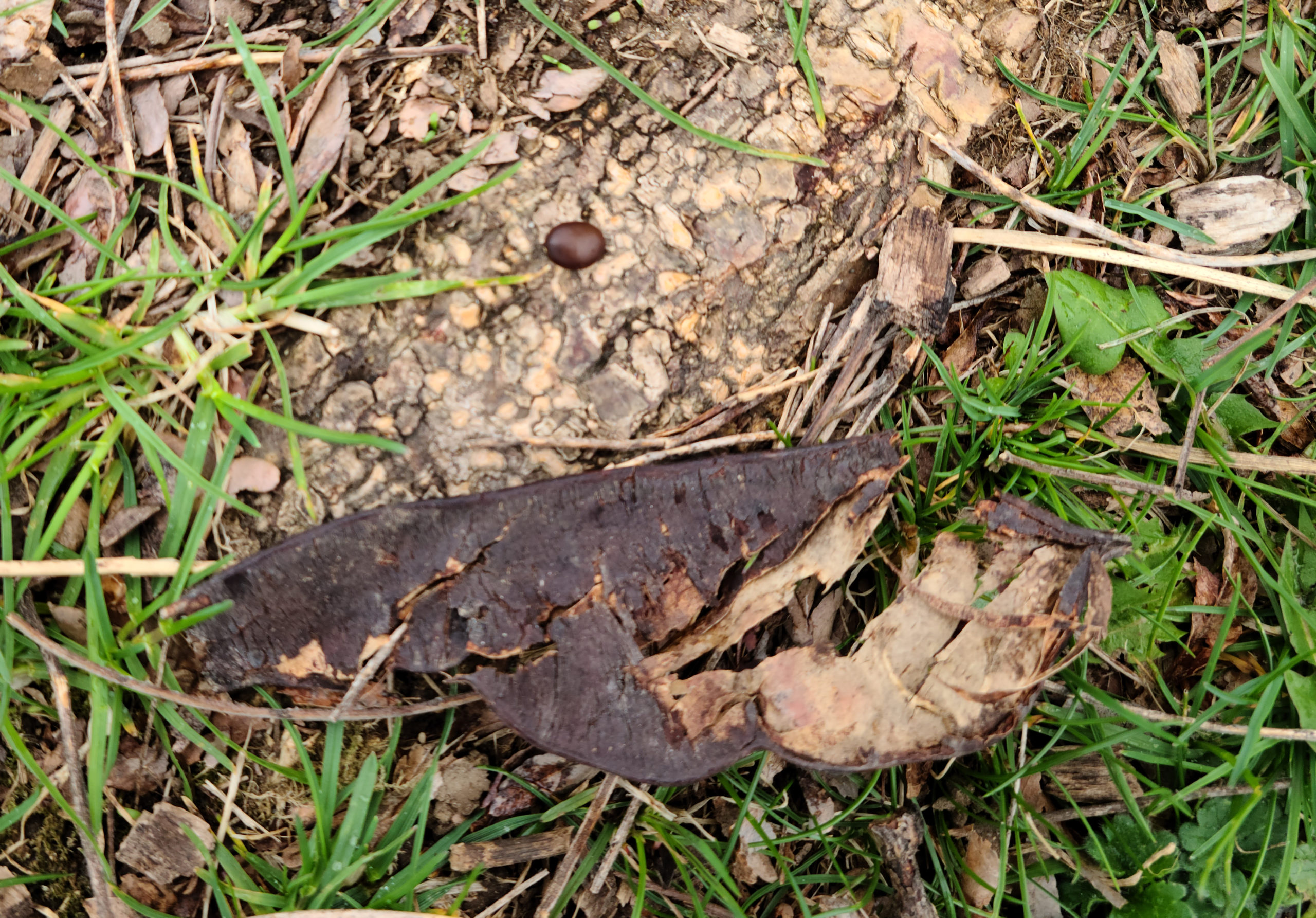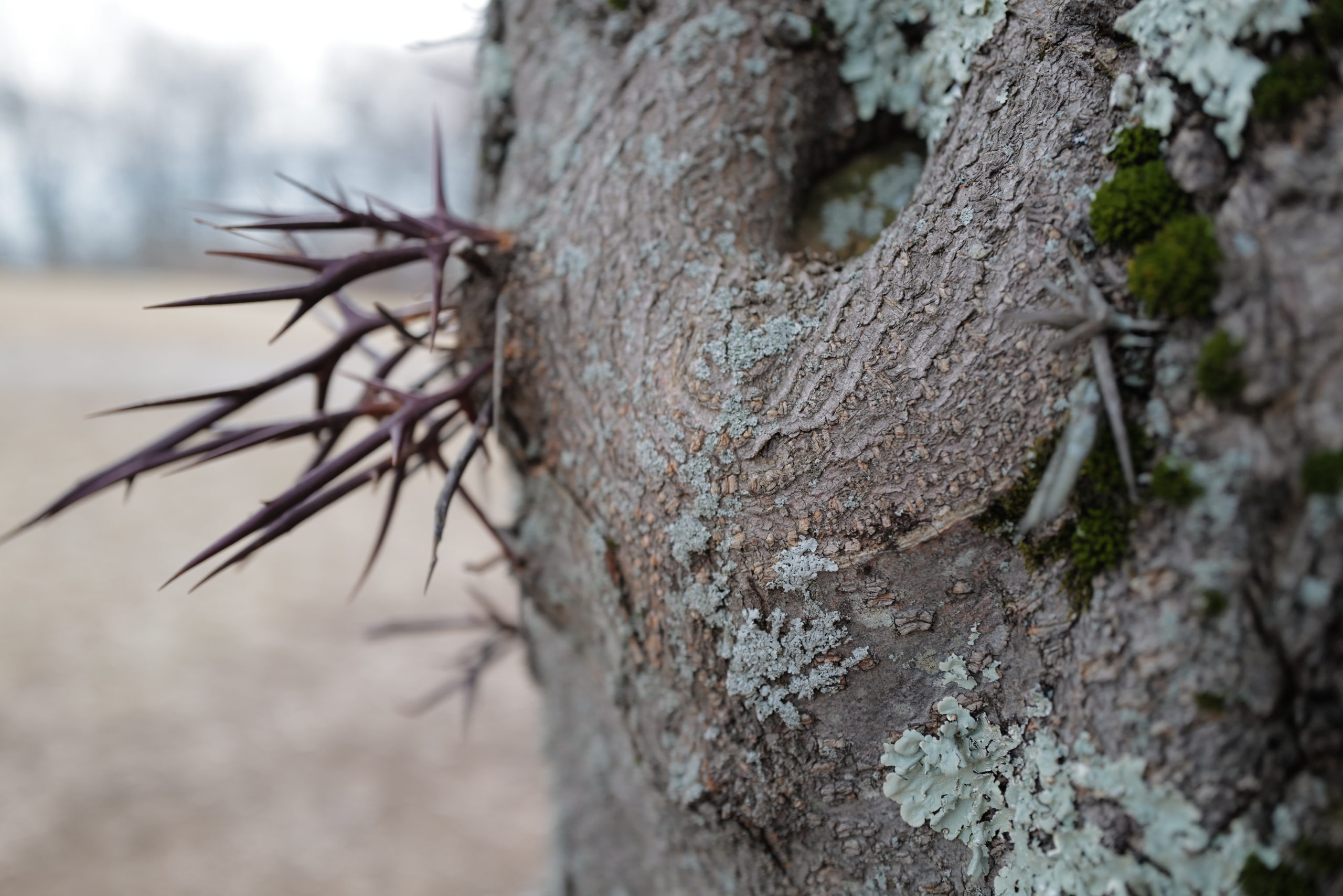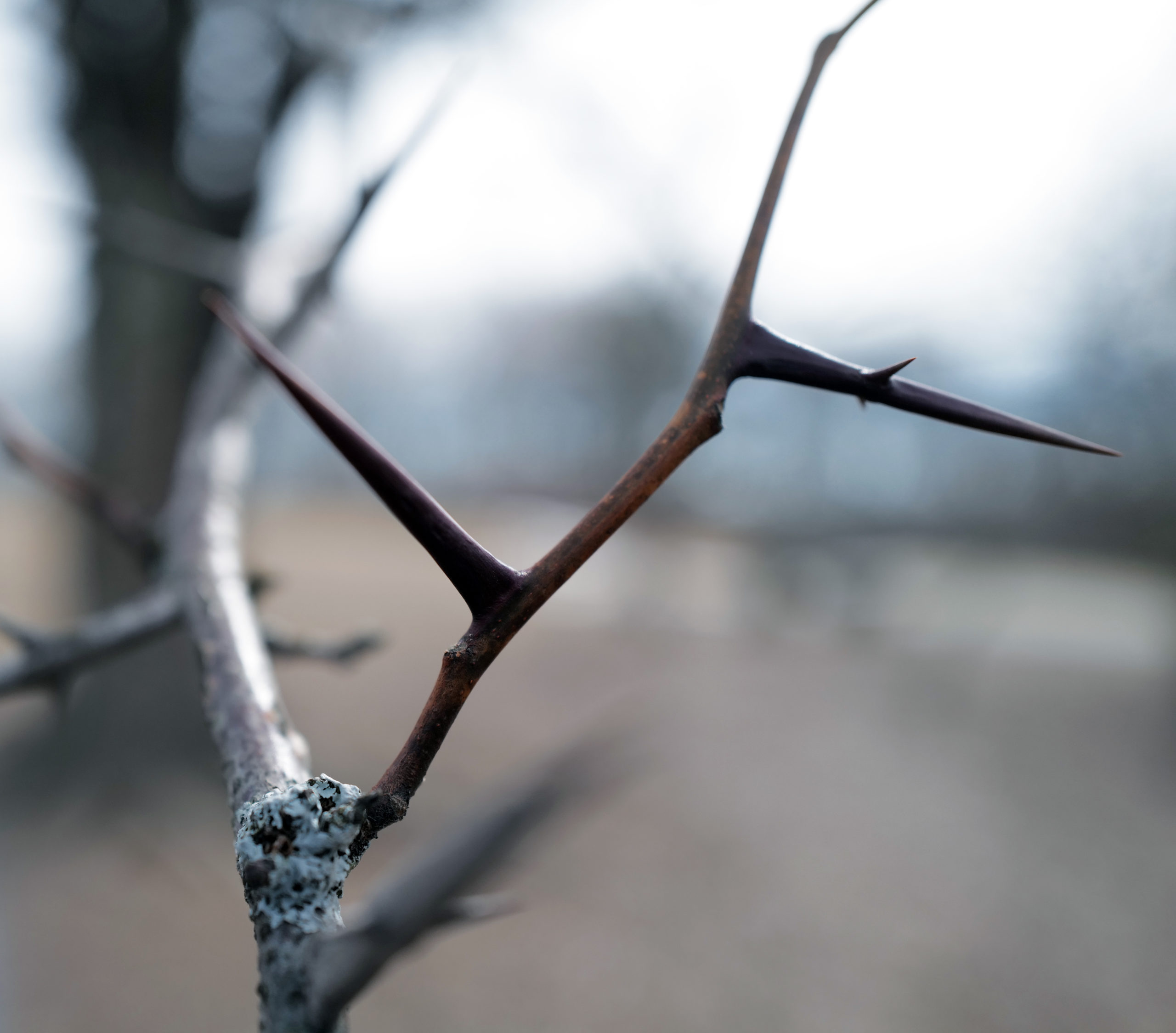A Walk Through Time, Part 2
Walk with Landscape Architect Rosetta S. Elkin and Arboretum Archivist Lisa E. Pearson.
We suggest starting from the Bussey Street Gate.
Cultivar of Japanese Red Pine
Pinus densiflora 'Umbraculifera'
- Accession Number
- The alpha-numeric value assigned to a plant when it is added to the living collection as a way of identifying it.
- Accession Date
- The year the plant’s accession number was assigned.
- Common Name
- The non-scientific name for the plant.
- Scientific Name
- The scientific name describes the species of an organism. The first word is the plant's scientific genus and the second is the specific epithet. This two-word binomial is sometimes followed by other taxonomic descriptors, including subspecies (denoted by "ssp."), variety (denoted by "var."), form (denoted by "f." or "forma"), and cultivar (denoted by single quotation marks).
- Plant Family
- The family to which the plant belongs.
- Propagation Material
- The first part (material code) describes the material used to create the plant. The most common codes are "SD" (seed), "EX" (existing plant), "PT" (plant), "CT" (cutting), "SC" (scion), "SG" (seedling), and "GR" (graft). The second part describes the lineage the plant is derived from. The last part describes the year of propagation.
- Collection Data
- The first part indicates provenance (place or source of origin) using a letter code ("W" = wild, "G" = garden, "Z" = indirect wild, "U" = uncertain). The second part lists the plant source. For wild-collected material, the collector, collection number, and country are given.
- Location
- The location of the plant on the landscape.
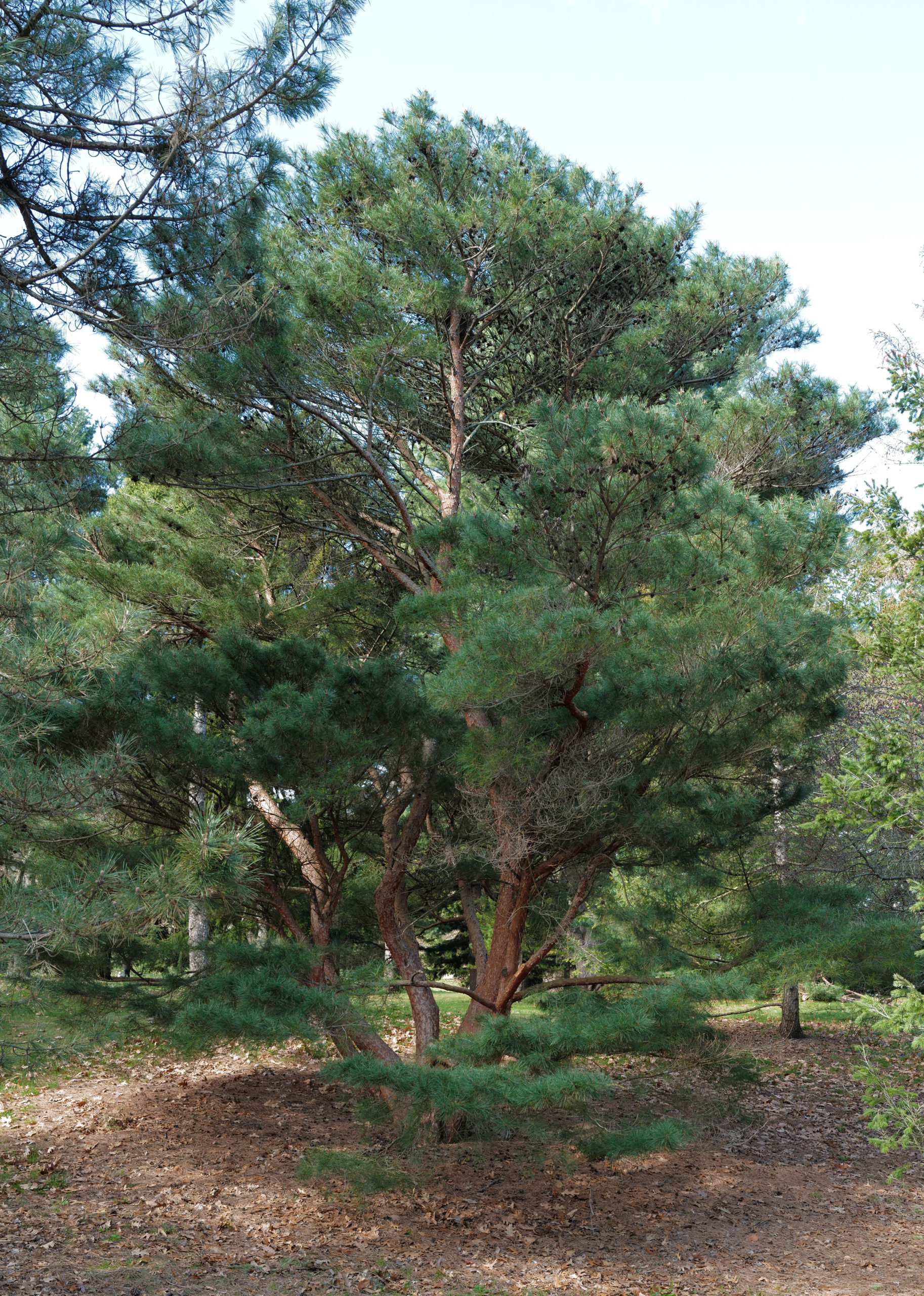
-

Needles -

Immature cone -

Mature cone -

Red bark -

Mature opened cones on the tree
- Number on the grounds
- 10
- Oldest Japanese red pine
- 16536*C from 1892
The Japanese red pine, with its stunning copper-colored bark, grabs the viewer and draws them in to examine it further.
In the Forest Flora of Japan, Arboretum founding director Charles Sprague Sargent distinguishes the Japanese red pine (Pinus densiflora) as a tree of high altitudes (3,000 feet, 915 meters), which he saw in abundance in the Nikko region. Their appearance charmed him: “The bark on the upper part of the trunk and on the main branches is light red, separating in thin scales, so that a forest of these trees presents a bright and cheerful appearance.” He added, “some of the oldest plants of the Red Pine here are already beginning to show the picturesque habit which in their native country constitutes the charm of these trees.”
Our tree grew from scion wood received from the Highland Park Arboretum in Rochester, New York. Like the Arnold Arboretum, it is a Frederick Law Olmsted designed landscape, and is beloved for the wide variety of woody plants on it’s grounds.
Three-flowered Maple
Acer triflorum
- Accession Number
- The alpha-numeric value assigned to a plant when it is added to the living collection as a way of identifying it.
- Accession Date
- The year the plant’s accession number was assigned.
- Common Name
- The non-scientific name for the plant.
- Scientific Name
- The scientific name describes the species of an organism. The first word is the plant's scientific genus and the second is the specific epithet. This two-word binomial is sometimes followed by other taxonomic descriptors, including subspecies (denoted by "ssp."), variety (denoted by "var."), form (denoted by "f." or "forma"), and cultivar (denoted by single quotation marks).
- Plant Family
- The family to which the plant belongs.
- Propagation Material
- The first part (material code) describes the material used to create the plant. The most common codes are "SD" (seed), "EX" (existing plant), "PT" (plant), "CT" (cutting), "SC" (scion), "SG" (seedling), and "GR" (graft). The second part describes the lineage the plant is derived from. The last part describes the year of propagation.
- Collection Data
- The first part indicates provenance (place or source of origin) using a letter code ("W" = wild, "G" = garden, "Z" = indirect wild, "U" = uncertain). The second part lists the plant source. For wild-collected material, the collector, collection number, and country are given.
- Location
- The location of the plant on the landscape.

-

Leaves fall color -

Trunk and leaves -

Bud break
- Number on the grounds
- 18
- Oldest three-flowered maple
- 18866*A from 1923
The three-flowered maple is small in stature, but not in impact.
Taking the bend up to Peters Hill is usually followed by an awe for the slopes of the crabapple collection. While certainly brilliant, consider instead some of the species living on the north side of your walk.
The three-flowered maple (Acer triflorum) is strategically planted in front of an evergreen screen, granting visitors a chance to revel in the magnificence of its form and the quality of its warm, exfoliating bark that has been described by dendrologist Michael Dirr as “a blend of cream, buff, and pearly gray brown.” This is a great specimen to admire throughout winter.
Visit the three-flowered maple in fall, you will notice shades of orange, red, yellow, and even purple. The flowers emerge in April in three clusters (hence the name), while the fruits are paired, winged samaras. The species grows slowly, but is worth the wait.
In his renowned Manual of Woody Landscape Plants, Michael Dirr marvels at why this astonishing maple is not more readily planted as a horticultural specimen. The answer is found in the difficulty of propagation, another reason to take in this magnificent specimen at the Arboretum.
This specimen was cultivated from seed received from Korea in early 1977. Later that year, two Arboretum collectors, Stephen Spongberg and Richard Weaver, visited Korea for the first time since Ernest Henry Wilson‘s highly successful expedition from 1917-1919.
Japanese Black Pine
Pinus thunbergii
- Accession Number
- The alpha-numeric value assigned to a plant when it is added to the living collection as a way of identifying it.
- Accession Date
- The year the plant’s accession number was assigned.
- Common Name
- The non-scientific name for the plant.
- Scientific Name
- The scientific name describes the species of an organism. The first word is the plant's scientific genus and the second is the specific epithet. This two-word binomial is sometimes followed by other taxonomic descriptors, including subspecies (denoted by "ssp."), variety (denoted by "var."), form (denoted by "f." or "forma"), and cultivar (denoted by single quotation marks).
- Plant Family
- The family to which the plant belongs.
- Propagation Material
- The first part (material code) describes the material used to create the plant. The most common codes are "SD" (seed), "EX" (existing plant), "PT" (plant), "CT" (cutting), "SC" (scion), "SG" (seedling), and "GR" (graft). The second part describes the lineage the plant is derived from. The last part describes the year of propagation.
- Collection Data
- The first part indicates provenance (place or source of origin) using a letter code ("W" = wild, "G" = garden, "Z" = indirect wild, "U" = uncertain). The second part lists the plant source. For wild-collected material, the collector, collection number, and country are given.
- Location
- The location of the plant on the landscape.

-

Twisted trunk -

Needles -

Immature cones -

Mature opened cone
- Number on the grounds
- 16
- Oldest Japanese black pines
- 16592*D and 16592*E both from 1893
Like a giant bonsai, this Japanese black pine's trunk curls and twists.
This Japanese black pine (Pinus thunbergii) was grown from seed accessioned in 1919. Arboretum collector Ernest Wilson gathered it in the wild in Nagono, Japan, during his 1917-1919 expedition. Wilson introduced many horticulturally valuable plants into cultivation, while creating enduring cultural links to nurseries, gardeners, and botanists across Asia.
The contorted form of this species is prized for its bonsai, is well exemplified by this specimen with its twisted, elegant trunk. Notice how the irregular form looks windswept. The dark gray bark reveals brown scales that break into irregular, rough scaly plates.
This plant is small and sinuous. As you return down Peters Hill Road at the end of your visit, you will see two of its siblings (accession 11371*M and 11371*J) grown from the same batch of seed. They are taller and exhibit a more upright form common to the Japanese black pine.
Oregon Crabapple
Malus fusca
- Accession Number
- The alpha-numeric value assigned to a plant when it is added to the living collection as a way of identifying it.
- Accession Date
- The year the plant’s accession number was assigned.
- Common Name
- The non-scientific name for the plant.
- Scientific Name
- The scientific name describes the species of an organism. The first word is the plant's scientific genus and the second is the specific epithet. This two-word binomial is sometimes followed by other taxonomic descriptors, including subspecies (denoted by "ssp."), variety (denoted by "var."), form (denoted by "f." or "forma"), and cultivar (denoted by single quotation marks).
- Plant Family
- The family to which the plant belongs.
- Propagation Material
- The first part (material code) describes the material used to create the plant. The most common codes are "SD" (seed), "EX" (existing plant), "PT" (plant), "CT" (cutting), "SC" (scion), "SG" (seedling), and "GR" (graft). The second part describes the lineage the plant is derived from. The last part describes the year of propagation.
- Collection Data
- The first part indicates provenance (place or source of origin) using a letter code ("W" = wild, "G" = garden, "Z" = indirect wild, "U" = uncertain). The second part lists the plant source. For wild-collected material, the collector, collection number, and country are given.
- Location
- The location of the plant on the landscape.
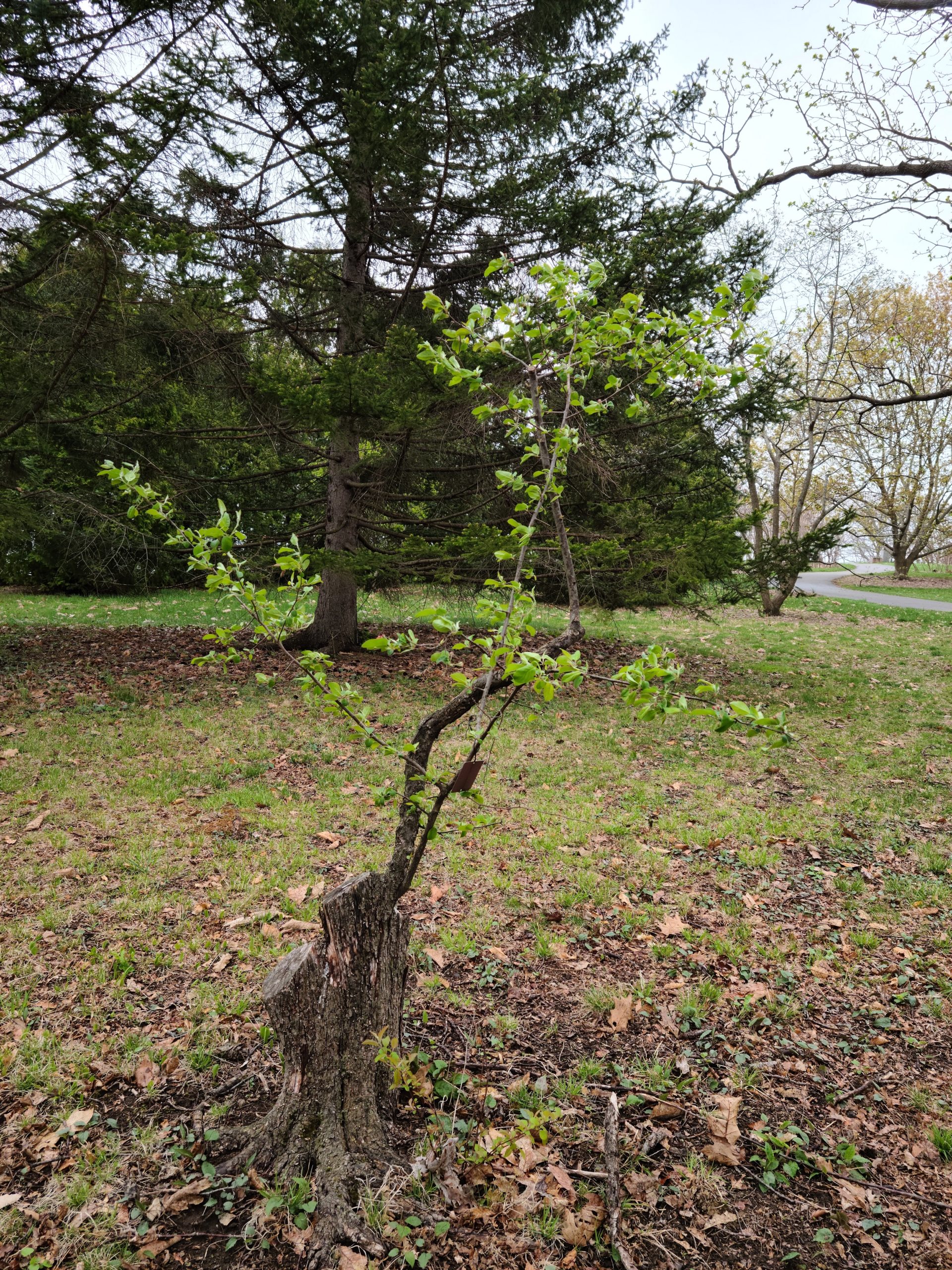
-

Growth resprouting from trunk -

Trunk injury -

Leaves and unopened flower buds
- Number on the grounds
- 4
- Oldest Oregon crabapples
- 231-80*A from 1980
This little Oregon crabapple is resilient and surviving against the odds.
You might notice that this specimen is one of three in a small grouping of Oregon crabapples collected near Vancouver, British Columbia. It is the most diminutive of the group, but perhaps the most elegant. Imagine that the roots of all three plants are intertwined, sharing resources like water availability and helping one another survive. This specimen, despite its significant loss, exemplifies how Oregon crabapple branches bear sharp spur-shoots that seem to be reaching. Given time, this small specimen may catch up and recover some of its vigor, or lend its energy to other plants nearby.
Oregon crabapples naturally occur on mesic habitats along the Pacific coast, which is why they are sometimes called the Pacific crabapple. Mesic refers to a habitat having a moderate amount of water, which directly impacts landscape character.
Plant hunting is not limited to far-flung places. Arboretum dendrologist and educator John George Jack, who collected this Oregon crabapple, traveled extensively and collected plants in the American west and Canadian Pacific. Many plants are still being gathered across North America, with recent Arboretum expeditions collecting in the Adirondacks (2008), Ozarks (2014), Idaho (2015), and other locations. In 1905, Jack traveled further afield to eastern Asia and collected in Japan, Korea, and China. At the Arboretum, he taught many Asian students who later returned to their countries to become leaders of botany. Jack retired in 1935 after nearly 50 years service to the Arnold Arboretum.
Chinese Honeylocust
Gleditsia sinensis
- Accession Number
- The alpha-numeric value assigned to a plant when it is added to the living collection as a way of identifying it.
- Accession Date
- The year the plant’s accession number was assigned.
- Common Name
- The non-scientific name for the plant.
- Scientific Name
- The scientific name describes the species of an organism. The first word is the plant's scientific genus and the second is the specific epithet. This two-word binomial is sometimes followed by other taxonomic descriptors, including subspecies (denoted by "ssp."), variety (denoted by "var."), form (denoted by "f." or "forma"), and cultivar (denoted by single quotation marks).
- Plant Family
- The family to which the plant belongs.
- Propagation Material
- The first part (material code) describes the material used to create the plant. The most common codes are "SD" (seed), "EX" (existing plant), "PT" (plant), "CT" (cutting), "SC" (scion), "SG" (seedling), and "GR" (graft). The second part describes the lineage the plant is derived from. The last part describes the year of propagation.
- Collection Data
- The first part indicates provenance (place or source of origin) using a letter code ("W" = wild, "G" = garden, "Z" = indirect wild, "U" = uncertain). The second part lists the plant source. For wild-collected material, the collector, collection number, and country are given.
- Location
- The location of the plant on the landscape.
Shanghai Botanical Garden, Shanghai, China.

-

Trunk with thorns -

Thorn -

Unopened buds
- Number on the grounds
- 3
- Oldest Chinese honey locust
- 491-93*A from 1993
The fierce, thorny Chinese honeylocust entices us to examine its spiky branches.
This magnificent Chinese honeylocust grew from seed received from the Shanghai Botanical Garden. While it is distinctive for its multistemmed form, notice the stunning red thorns that emerge from the main stem. Thorns hold important properties within Chinese traditional medicine, a remedy called zao jiao ci, remarkably has been traced to an herbal from 1061 CE. Thorns are not desired in the commercial nursery trade, however, and in many cultivars of the honeylocust they have been bred out, depriving the tree of a defining feature.
The Chinese honey locust is a long-lived deciduous tree that produces long, twisted seedpods late in the summer. This plant enhances the landscape of Peters Hill each season, with special interest emerging throughout the year. In the winter, marvel at the bunches of rigid thorns. As spring emerges, small green buds form and produce alternate, pinnately compound leaves, up to eight inches long. By summer the distinctive fruits emerge — red, leathery pods that mature in early fall. The pods of Chinese honey locust are flat, which is a characteristic that helps when you try to distinguish them from other leguminous pods spread across the snow through winter.

